“Rice Pie” It Is
And I really don’t have any other better ideas so “rice pie” it is.
I’m sure we’ve all suffered from this. From Cantonese clay-pot rice, to Korean bibimbap, to Spanish paellas. All are different cuisines of rice plus whatnot, cooked in a sizzling vessel that forms a “burnt crust” of rice on the sides and bottom, which many would argue is the essence of such dishes. OK, now here’s the “suffering” part. What’s the point… of creating those wonderful, delicious, toasty crusts… if all they ever want is… to STICK TO the cookware!? Like taking a lovely prospect to a bar to get’em drunk and they ended going home with the bartender… No? Nobody’s ever suffered from this? It’s just me? OK, well fine. I DON’T GET IT. I like those burnt bits, too and I was there first!! How can it choose the pan over me?! It’s heart-breaking that after my useless HACKING and SCRAPING at an innocent cookware that really don’t deserve this violence, I call it quit and just watch them still happily and ever-so contently clinging onto each other while I ponder with frustration, “why?”.
And don’t even get me started on how this mockery extends into the dish-washing later on… So maybe this problem wasn’t asking to be fixed. Maybe there’s no happiness without pain, and that there is some deranged enjoyment in the movement of Chucky-style stabbing at the cookware. Maybe this seems weird and possibly unnecessary-to-some. EVEN SO, I’m calling in a solution. A way to have your burnt crust and eat it, too. An anti-love potion between the rice and the cookwares. It’s called – a non-stick skillet. That’s right. Nothing will fall in love with teflon. It is unlovable. Any substance bound to laws of physics and chemistry will not choose teflon over me. SAFE! OK… ok, I’ll admit that before I tested it out, I was a little skeptical about it because sometimes ingenuity in the mind proves to be disasters in reality…
So at first I was only hoping for some nicely “removable” burnt crust to be enjoyed, but oooh…ho ho ho… it OUTDID itself. The entire thing ended up sliding out of the pan like a pie! OK, given that there was a few loose, shattered pieces of rice that rebelliously broke free, which really wouldn’t bother me but my anal-ness wouldn’t allow it. So another quest began on how to achieve an end result that’s deliciously fluffy inside and uniformly crusty outside while being perfectly intact. Thus born – the Rice Pie.
If you like rice. If you like rice cooked in the juice of other delicious things. If you like rice cooked in the juice of other delicious things with crunchy, toasty crust on all sides.
You. Are. Welcome.
I can’t wait to try the endless possibility of toppings that could go with this, but first I’m starting with a classic. A Cantonese version with pork patties and cured Cantonese sausage. As clay-pot rice goes, it can’t get more classic than this. The rice sitting on the bottom crispy-ing up while absorbing all the juices running down from the pork patties and slices of sausages… UH! It will call for Cantonese cured sausage which is a lot sweeter than European ones, so no, it isn’t exchangeable. But these sausages can be easily found in major Asian markets. If it’s proven to be too exotic, the dish can be done without. But if you went the extra miles for it, it will bring an unique aroma and flavor to the rice.
Servings: 2 dinner portions
Ingredients:
- 1 cup of Jasmine rice (a long grain rice used in Thai cuisine)
- 1/3 cup of sticky rice (a glutinous rice that can be found in all major Asian market)
- 1 1/4 cup of water
- 2 tbsp of oil
- 1 tsp of sesame oil
- 150 g of Cantonese cured sausage, sliced
- 350 g of ground pork
- 1/2 tsp of mirin (Japanese sweet rice wine), or 1/4 tsp of sugar
- 1/2 tsp of sesame oil
- 3 1/2 tsp of soy sauce
- 1/4 tsp of white pepper
- 1/4 tsp of salt
- 2 tsp of corn starch
- 4 ~ 5 tbsp of water
- some scallions, cilantro and chili
A sturdy, top-of-its-game non-stick skillet is obviously crucial. Do not use those scratched, burnt, dish-washered, oven-scorched “non-stick” pan that’s unfit for duty. I’m using a round skillet that is 8″ wide x 2″ deep/ 20 cm wide x 5 cm deep. It is JUST big enough for this portion, but by all means use a bigger skillet for a larger portion.
This rice dish can of course stay in the cookware and be served like any other normal rice dish. But if you want it to come out like a pie, then there’s a few tricks to keeping the whole thing intact.
- The rice should be rinsed beforehand but NOT until the water runs clear. A little starch left on the grains can help the whole thing stick. But if someone out there is seriously concerned about the cleanliness of the rice then FINE, wash it. But add 1/3 tbsp of flour into the cooking water to replace the starch.
- A much stickier and glutinous rice called “sticky rice” is added to Jasmine rice. The sticky rice provides extra starch that’s needed while the Jasmine rice brings aroma to the dish.
- The amount of water added to the rice is important. More juice will come from the pork patties so I’m using the amount of water that’s just a bit shy from a 1:1 ratio.
Now. Mix the ground pork with mirin (or sugar), sesame oil, soy sauce, white pepper, salt and corn starch. Use a fork and STIR the mixture VIGOROUSLY until it becomes glutenous and thick. Then add 1 tbsp of water to the mixture and stir again. The mixture will seem loose and less dense at first, but keep going until the water is completely absorbed and the mixture gets sticky and thick again. Repeat until all 5 tbsp of water is incorporated.
Place the rice in a sieve and rinse slightly, then put it on a kitchen towel to soak up excess water. Heat up 2 tbsp of oil in a non-stick skillet on medium-high heat, and fry the rice for 30 sec. Then add 1 1/4 cup of water and stir/break up any rice lumps. Keep the heat on medium and let the water evaporate. Once the water is relatively absorbed into the rice and that there’s no water exceeding the top of the rice, add the pork mixture on top as a flat-top layer. Use a spoon to spread the pork mixture on the rice in even thickness like jam on toast and make sure that it “seals” on all sides. DON’T press too hard because the rice isn’t cooked yet. The pressing will squish the rice. Once there’s an even layer of pork, lay out the sausage slices on top and press LIGHTLY so the sausages stick to the pork.
Now cover the skillet with a lid. If there’s a “steam hole” on the lid, block it with a wet kitchen towel/tissue. Keep the heat on medium to medium-low and cook for 10 min. Turn off the heat completely after 10 min and leave it alone for another 15 min. The dish is theoretically done at this point. But I like to take off the lid and return the skillet back on medium-high heat. Drizzle a little sesame oil from the side and let it seep into the bottom, and toast the bottom of the rice a bit more (approx 2 min) to create a browned crust.
I don’t have to show this up-side-down picture but I can’t resist flaunting that crust… Now THAT’S what I call a success. Crunchy, toasty, nutty bits of burnt rice in its entirety.
Slice the scallion, cilantro, chili and arrange it on top of the rice pie. Heat up 2 tbsp of oil and drizzle on top of the herbs to scorch them. It will sizzle and there will be aroma perfuming the air. This rice pie doesn’t need another selling-point but it just so happens that it’s easily portable, reheats nicely, and just as delicious and perfect the next day.

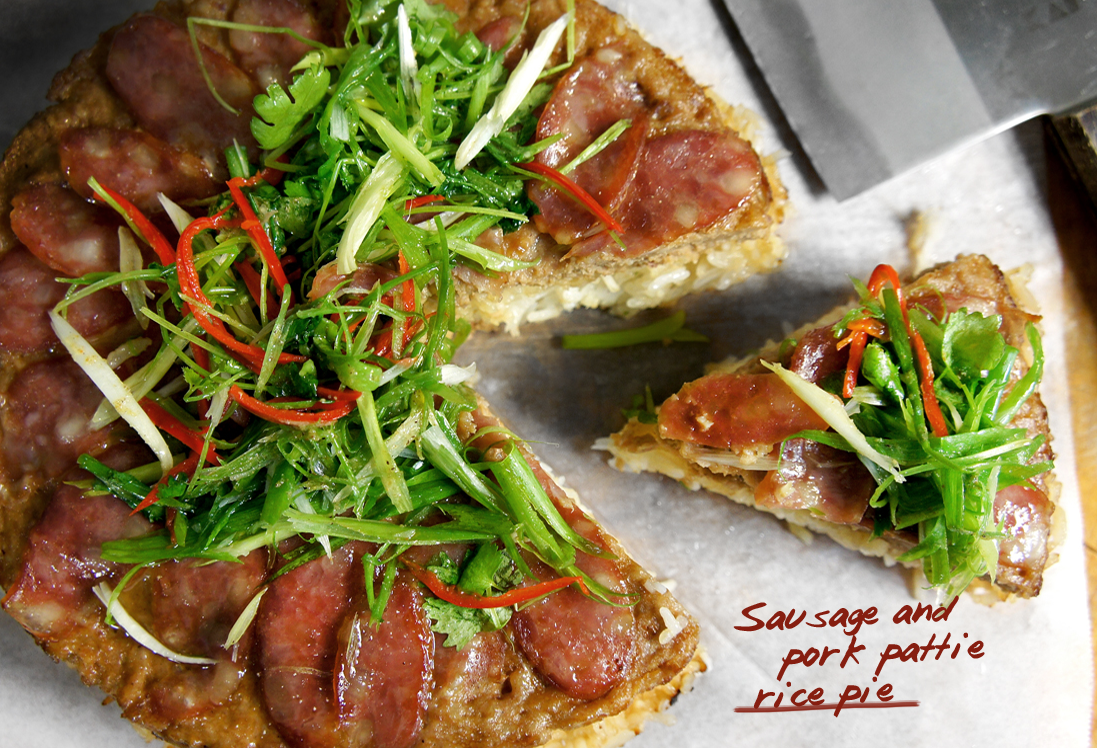
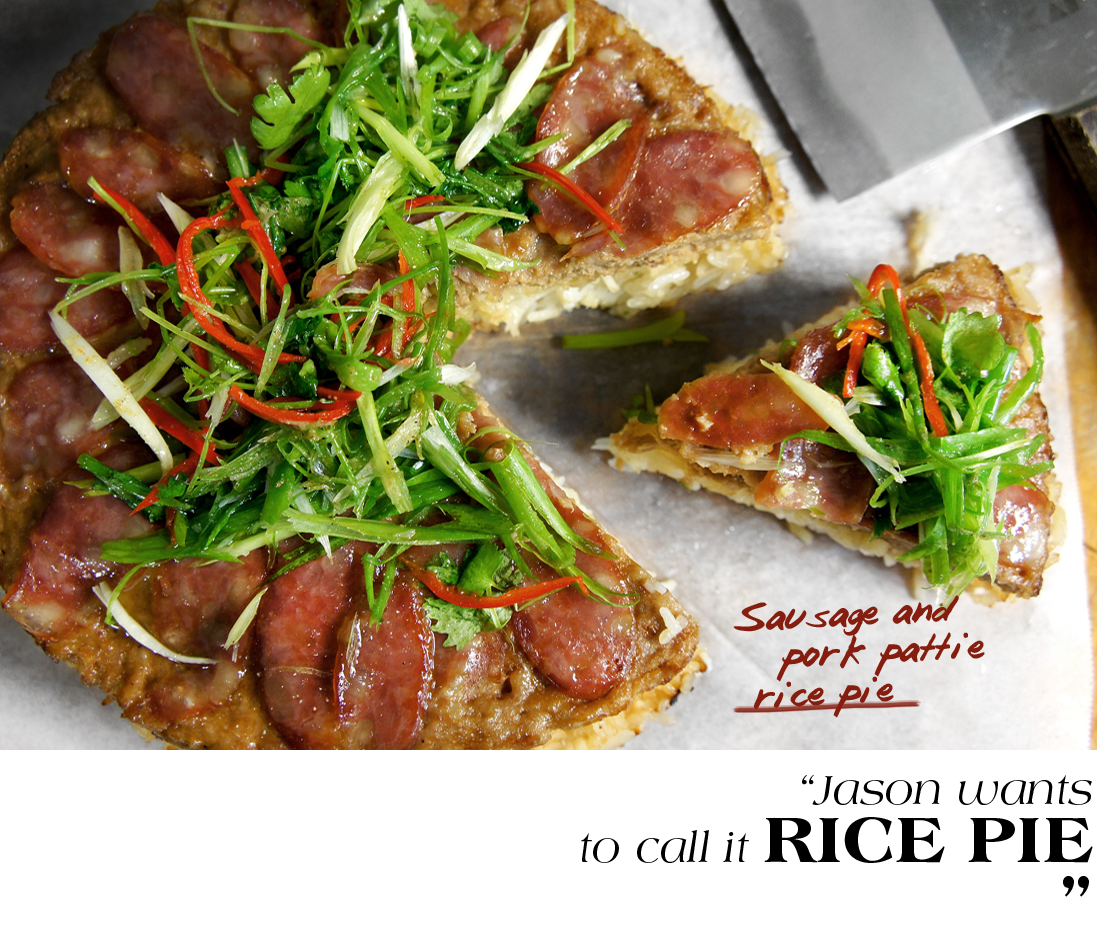
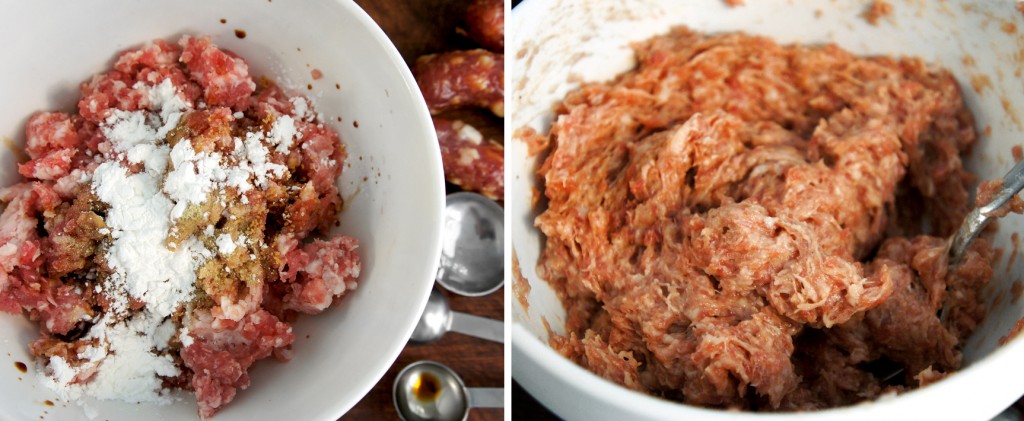
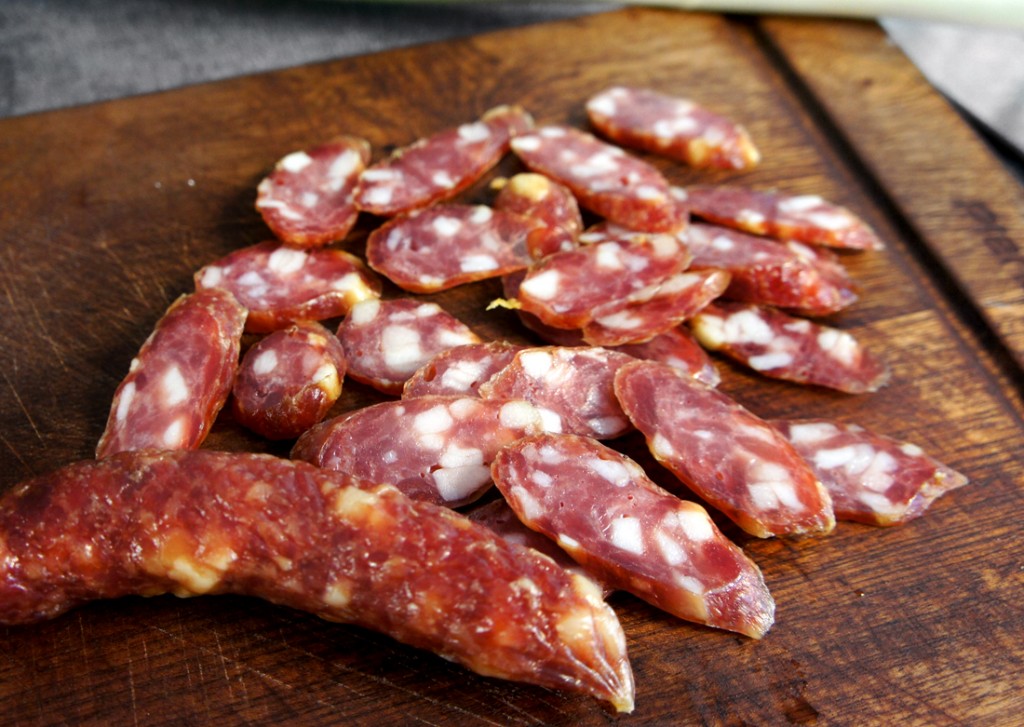
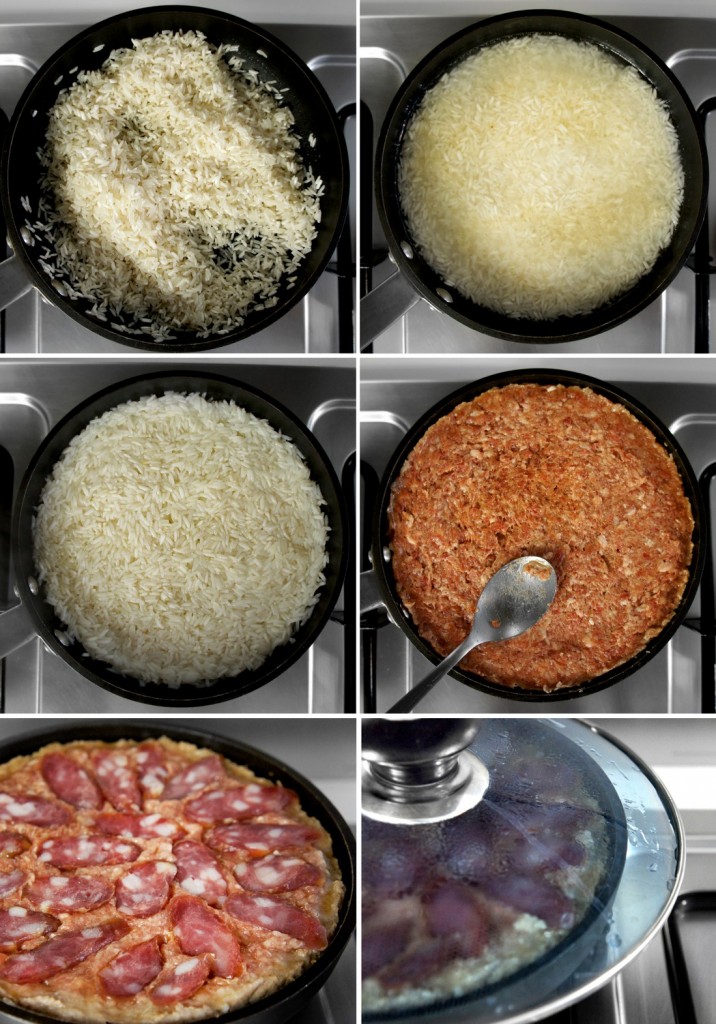
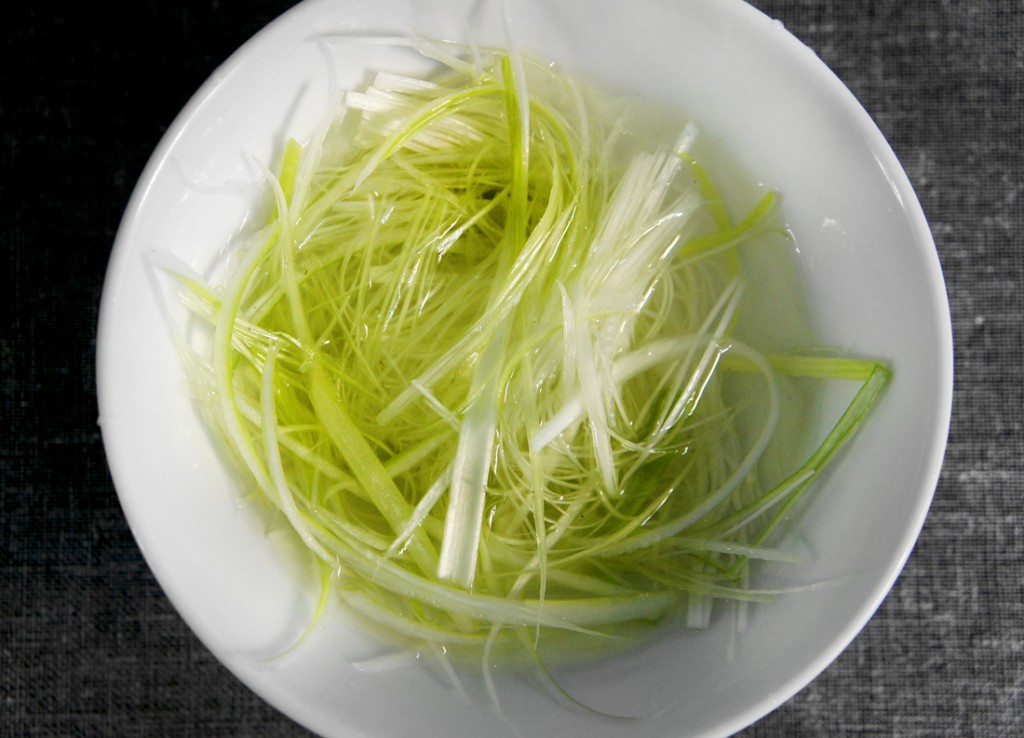
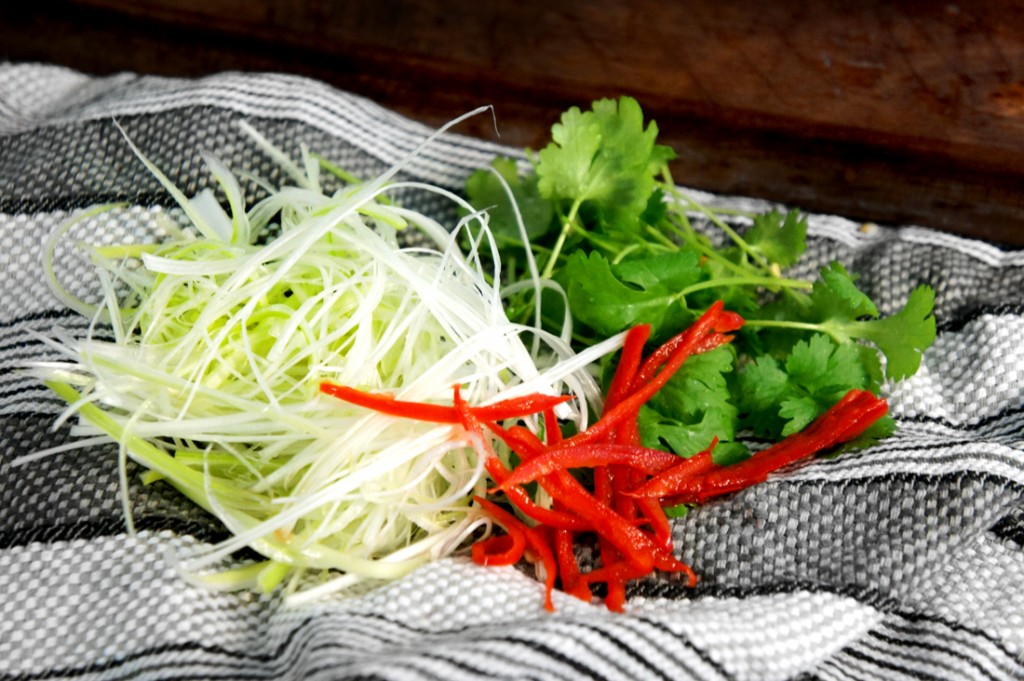

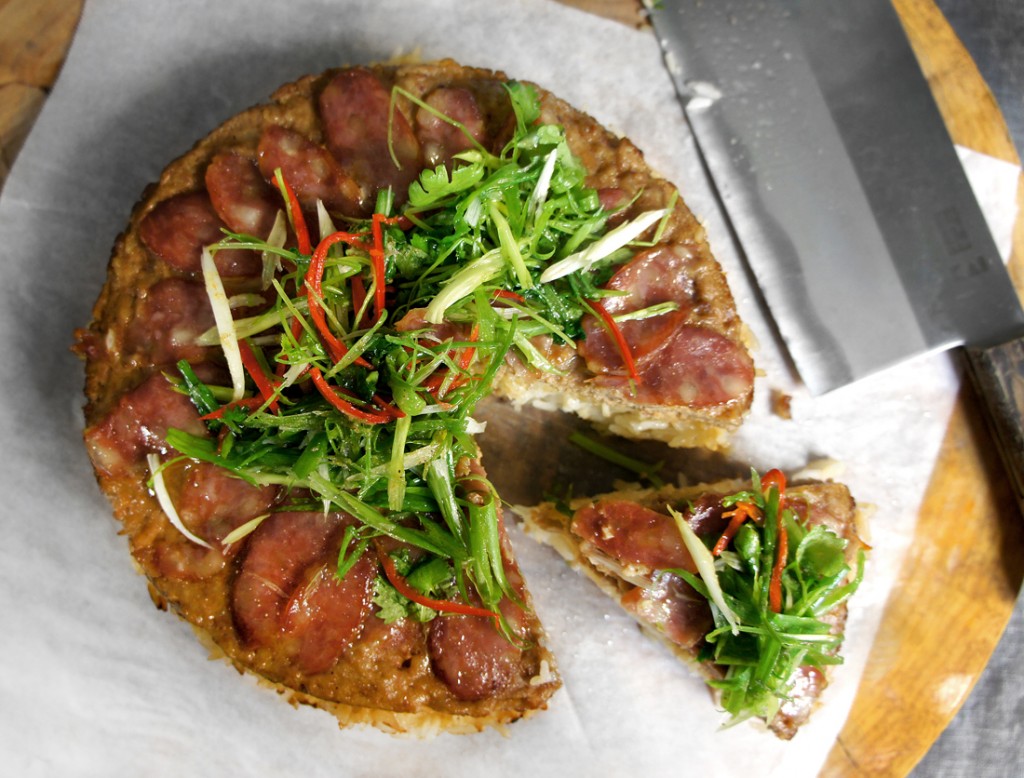
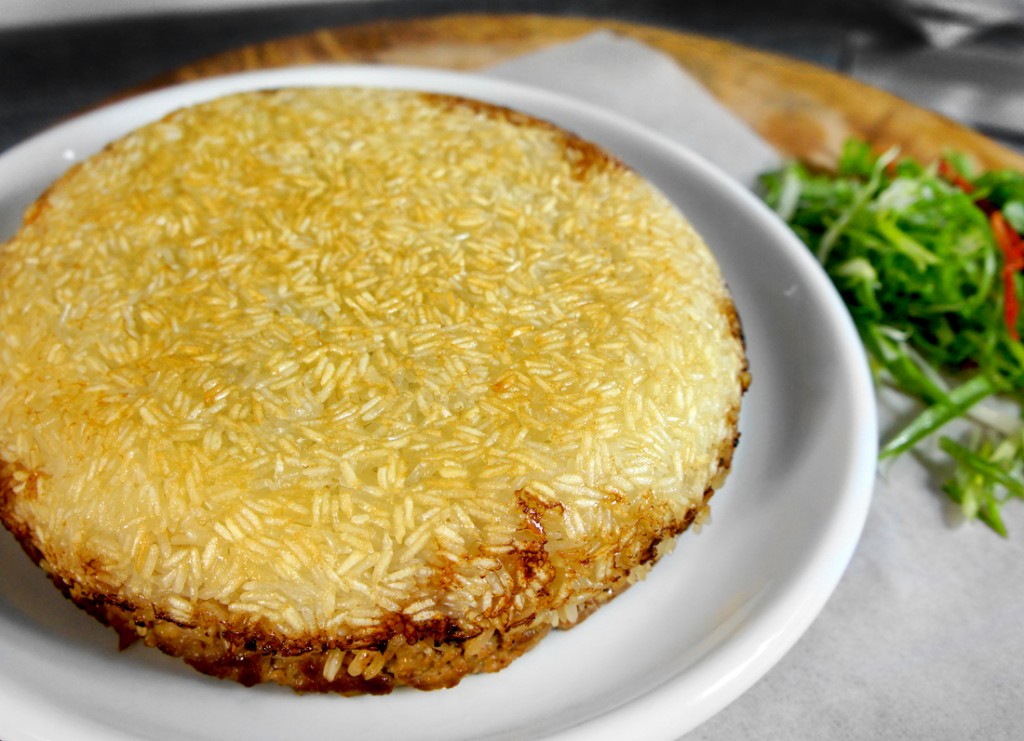
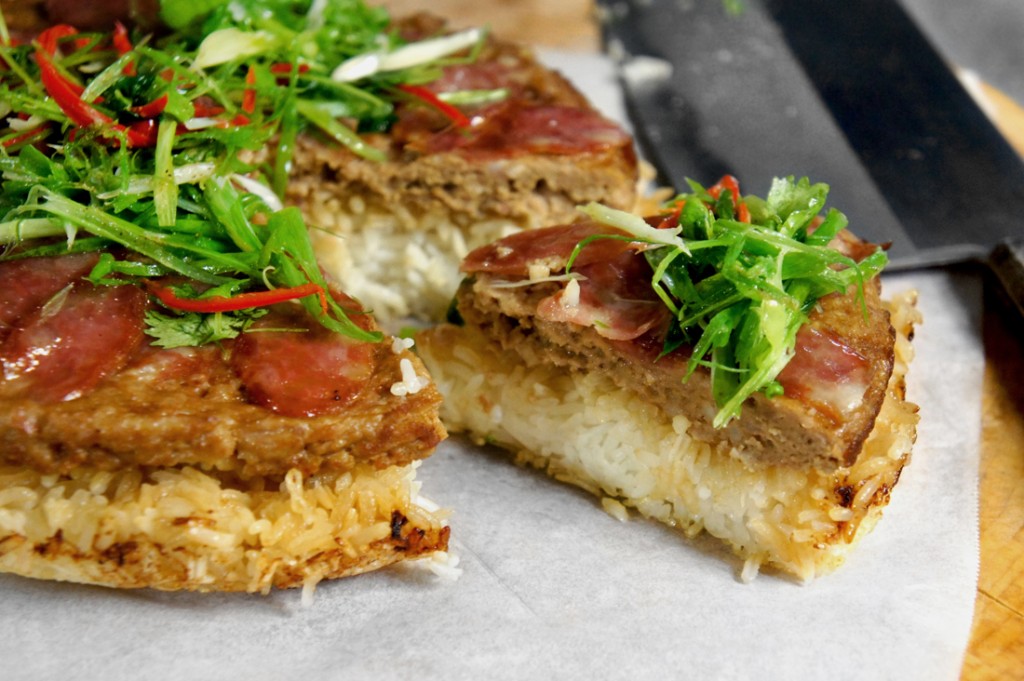
june2
05.18.2017at1:49 AMAre you using just knife skills to slice the scallions into such gorgeous super fine threads?